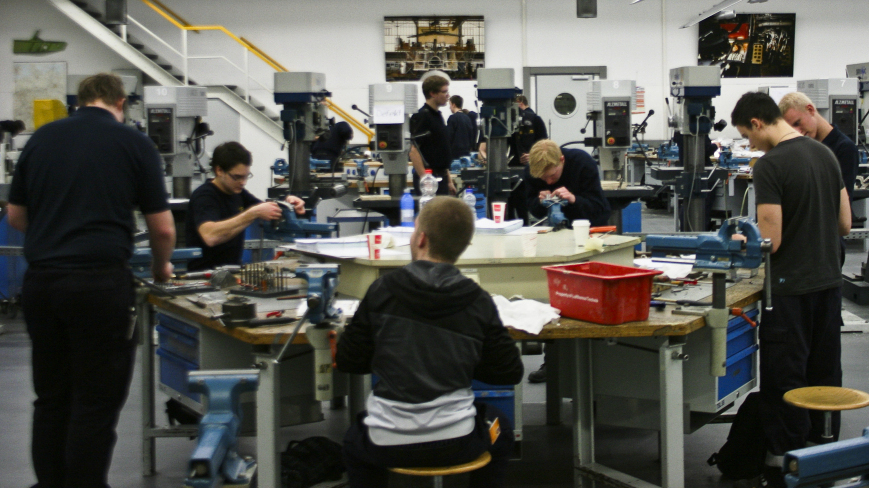Structure of Germany's School System
How do Germany's Schools function?

The German school system
Source: Stefan Trines, NOOSR
An exploration into the inner workings of Germany's school system
Source: nacel.org
Germany has one of the most successful industries and economies in the world, but how does it maintain its economic power? This website will explore the inner workings of Germany’s education system to dive deeper into its successes and shortcomings.
How do Germany's Schools function?

The German school system
Source: Stefan Trines, NOOSR
Why are Germans motivated to learn? How difficult is their course load?

Students progress through the system based on grades and academic ability, as well as their chosen career paths.
Source: German-way.com

Source: kaiserslauternamerican.com
How are German Schools funded? How are their teachers trained?
.png)
Source: NCEE, OECD Education at a Glance 2019 (salaries) and OECD (GDP per capita)

Source: Stefan Trines, World Education Services
How are the lessons taught in German schools used in the job market?

Students studying in a vocational class.
Source: Eric Westervelt, NPR
.png)
https://www.dw.com/en/the-german-education-system/av-41562166
https://www.studying-in-germany.org/german-education-system/
https://wenr.wes.org/2021/01/education-in-germany-2
https://www.howtogermany.com/pages/germanschools.html
https://ncee.org/center-on-international-education-benchmarking/top-performing-countries/germany-overview/germany-teacher-and-principal-quality-2/
https://core.ac.uk/download/pdf/46911775.pdf
https://wenr.wes.org/2019/08/the-state-of-refugee-integration-in-germany-in-2019
https://www.german-way.com/history-and-culture/education/the-german-school-system/
https://www.npr.org/2012/04/04/149927290/the-secret-to-germanys-low-youth-unemployment
https://www.nacel.org/assets/img/prod_medium/0000002660.jpg
https://encrypted-tbn0.gstatic.com/images?q=tbn:ANd9GcR3I0Mdcm98FXAttbG8t-BeyjAteIYMmANaZQ&usqp=CAU